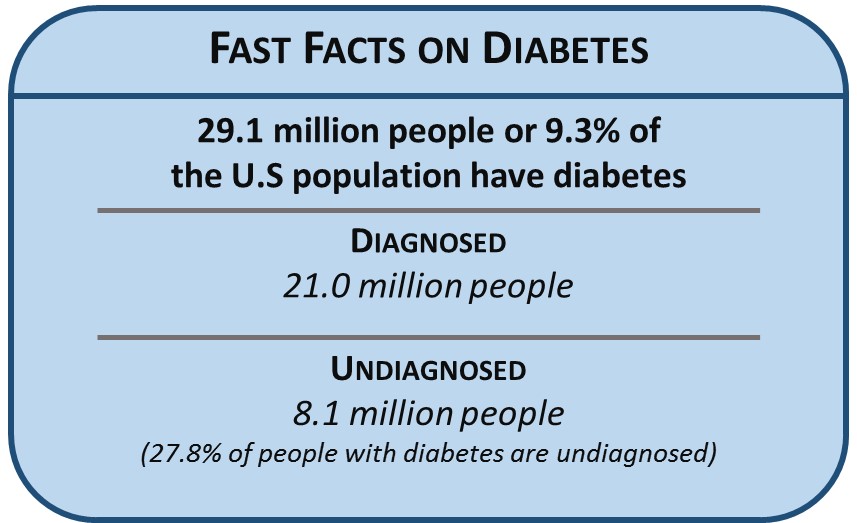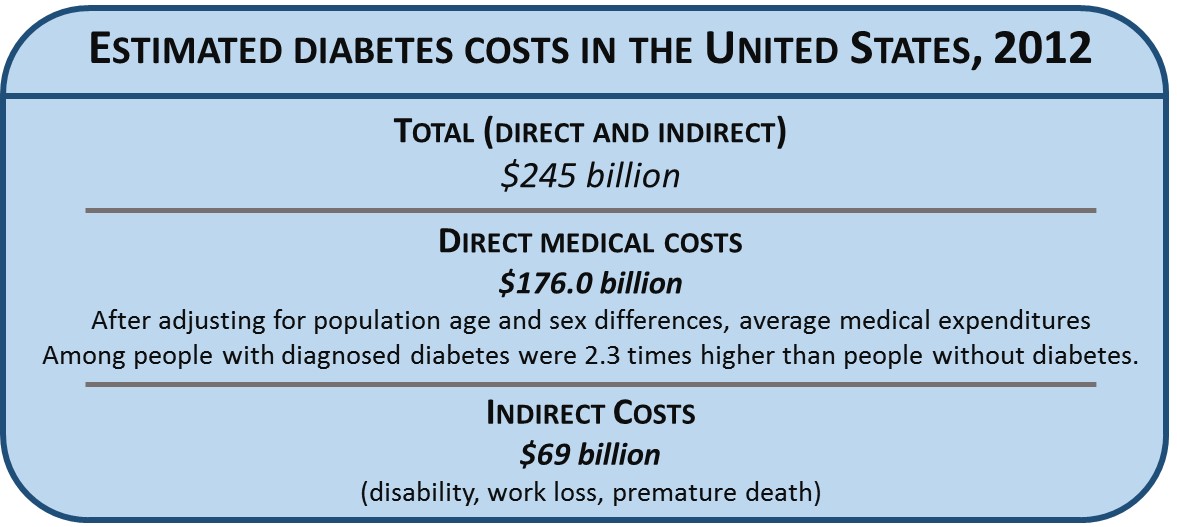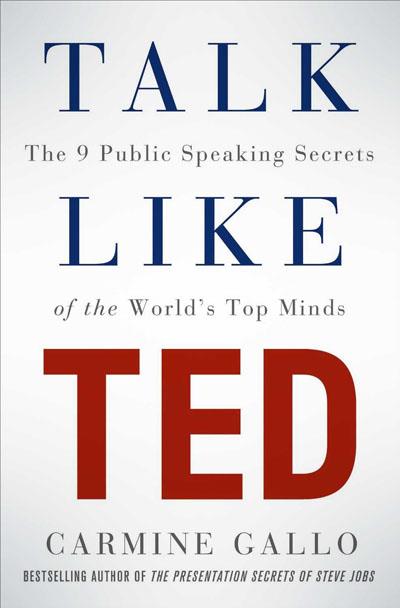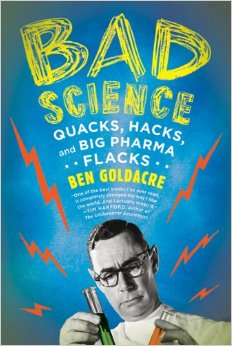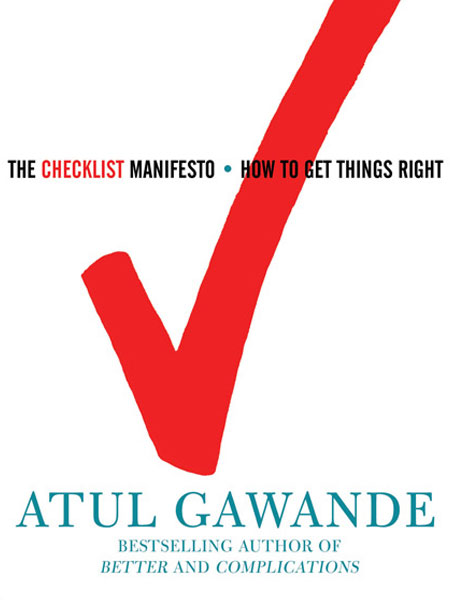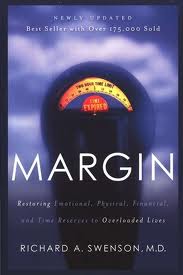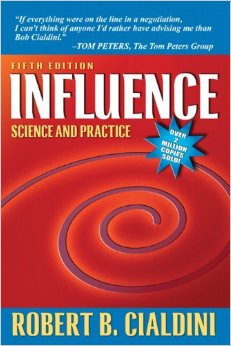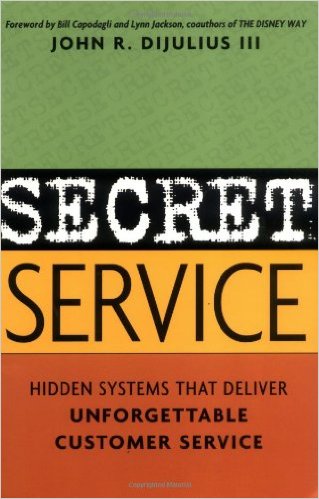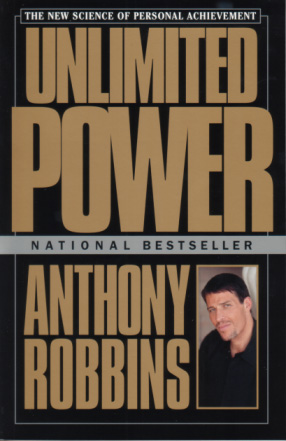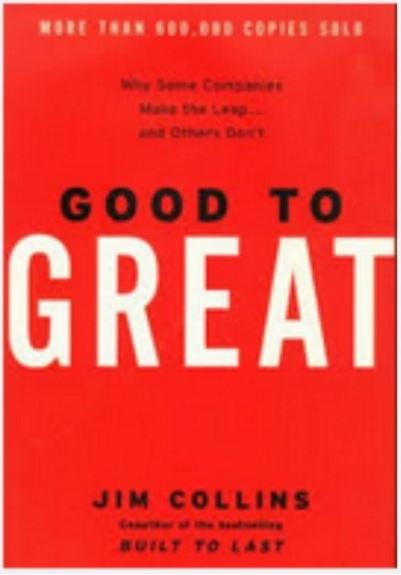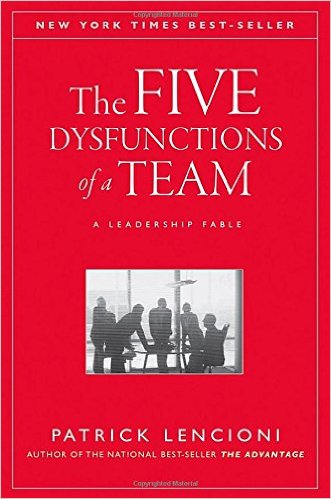Everyone loves him.
I think he is a jackass. Actually, I think he’s a Grade A Jackass.
I don’t begrudge people being successful or making money. The point of this post is not to denigrate him for his success. I think he is a jackass. I think he knows it and I think his “Aww shucks” persona is part of it.
Here’s why
Our healthcare system is a mess. If you think it’s a problem now, wait 10 years and see how bad it is then. Our “kick the can” approach will result in costs that are exponentially worse.
Let me explain this from the perspective of type 2 diabetes.
According to this report, the global pharmaceutical demand for type 2 diabetes will more than double in less than 10 years – from $27B to $64B.
Note, this is ONLY the pharmaceutical demand – no other direct or indirect costs.
It’s only going to get worse. This report states that type 2 diabetes is already the most expensive condition to have and treat. Can you imagine what 10 years will do to the cost?
In my talk on why all organizations need to implement a type 2 diabetes strategy, this is one of the first slides – an image of a tidal wave. It’s appropriate and disturbing.

There are two important reasons the type 2 diabetic tidal wave is coming:
- Our approach to treatment
- Our living environment
When it comes to treatment, the standard approach for a type 2 diabetes is to prescribe medication to control blood sugar. This isn’t treatment. It’s population health management – prescribe medication, ensure they are taking it and maintaining blood glucose control within recommended ranges. Since this is not addressing the problem, diabetics stay diabetic.
The second issue is our living environment. To illustrate, let’s put every US adult into one of two groups. In Group 1, we put all of those with type 2 diabetes, pre-diabetes or at risk and in Group 2, we put everyone else. There will be more people in Group 1 than Group 2, which means more than 50% of the population either has or is at risk for type 2 diabetes. It also means that it is literally easier to be unhealthy than healthy.
This is asinine.
We have a system (our living environment) that facilitates unhealthy behavior and another one (treatment) that, quite literally, does nothing to help or fix people once they become sick.
Sidebar : 15 years ago, and regardless of where you live, you likely had to go out of your way to drive by or see a dialysis clinic. Now, they are nearly as prevalent as Starbucks.
So what does this have to do with Warren Buffett and why do I think he’s evil?
He’s a major player in this system, from soup to nuts.
Among all of Berkshire Hathaway’s holdings, you will find the following:
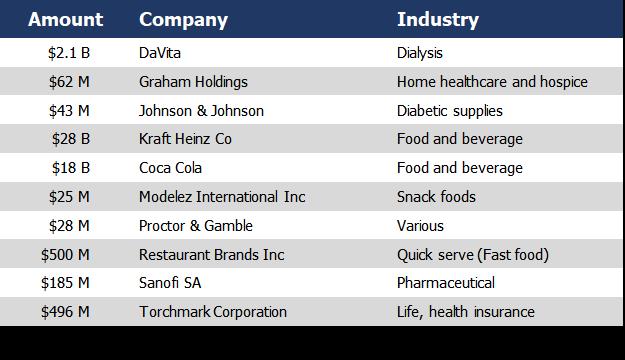
This is $49.4 B in holdings.
From every aspect of type 2 diabetes, Berkshire Hathaway is heavily invested. From the environment that facilitates us getting sick to the population health management approach, Berkshire Hathaway is profiting at each and every stop along the way.
This is why I think he’s a jackass!
He knows the difference and I think his statements on these types of things are intentional. He doesn’t want to answer tough questions, so he comes off as “Aww shucks.” When pressed, he calls the associations “spurious,” which is wrong. He plays dumb or says things demonstrably not true.
- He owns $18 Billion in Coca-Cola and millions more in fast food, beverage and snack foods
- He owns a big chunk of Sanofi SA, the makers of Lantus, which holds spot #10 on this list of the 20 largest revenue producing drugs in the world
- He has a $2.1 Billion stake in DaVita, the second largest dialysis provider in the world (behind Fresenius). Lantus does nothing to improve your condition, so people get sicker, eventually needing dialysis.
It’s a dubious circle of profiteering and his fingers are all over it.
He’s not here to help people. He’s here to make money. And he’s doing it off the backs of sick people. The same people he had a hand in helping get sick, he’s profiting from a mechanism that doesn’t treat them.
Is he a nice guy? Don’t know. Never met him.
But you don’t become what he has become by being lucky, harmless and innocent. You have to be smart and he understands, which is why he says things demonstrably false and/or plays dumb.
And before you jump on this “People are just making bad choices” soapbox, understand this. Yes, people are making bad choices, but there is more going on. We have more than 50% of adults in Group 1. If it were 15 or 20%, I’m be more inclined to listen. When it’s over half the population, it’s not just bad choices.
So what do I think Warren Buffett should do?
I don’t care what he does; I’m here to make a point: You should view him differently, with his fingers all over this mess.
If I could give him some advice, this would be it:
I would tell him to exert as much influence on the American Medical Association as he possibly could. The objective would be to fundamentally disrupt how we “treat” type 2 diabetes. This would require us to shift from the management approach to something that fixes the problem. In this case, it would be a significant focus on improving insulin resistance.
The second thing I would tell him to do is exert major influence on the recommendations from our government regarding food consumption. There needs to be less of an influence on calories and a larger influence on the quality of food eaten. It’s not that calories don’t matter but they have become more important than the quality of food. Anyone that tells you 100 calories from Coke is the same as 100 calories from broccoli is part of the problem (Buffett has made this exact comparison).
These two things would go a LONG way to stemming the tide. People would get sick, get treated and leave the system. No more kicking the can down the road! This would also be detrimental to his holdings. So I’m guessing he won’t do them.
Finally…
One has to wonder: How many type 2 diabetics unknowingly worship the ground he walks on because of his advice or their 401k.
Hey, if you are new here, join 17,000+ others and Like our Facebook page. We post there daily (except Sundays) and you can get some cool (and free) stuff by liking our page!
While you are here, you should also sign up for our email list. We don’t bombard you with emails. We don’t sell your address anywhere. We just send you information, updates, specials and more. Enter your info below and get signed up!
PS. You can probably also get a free gift or two by signing up for our email list. 🙂


